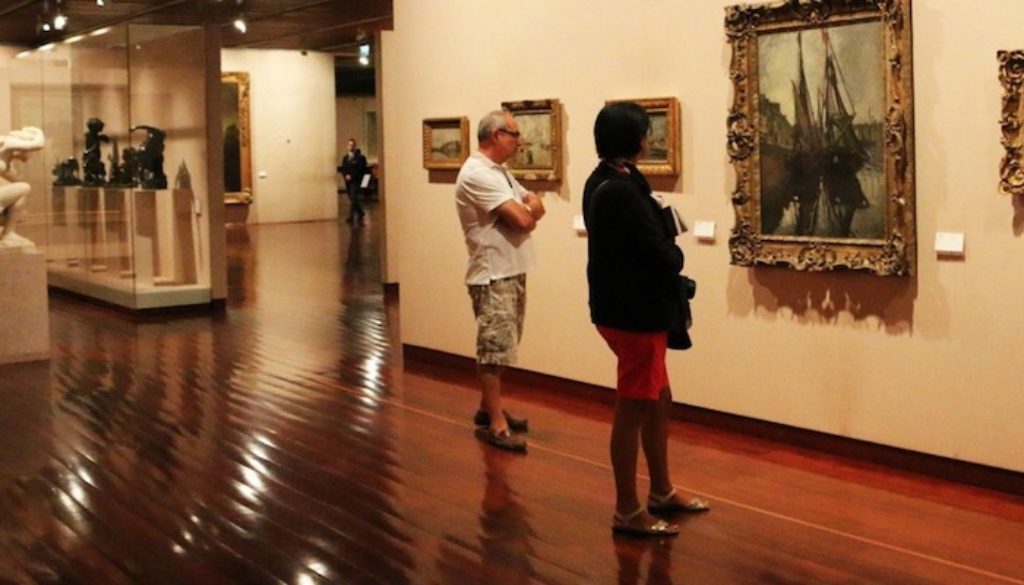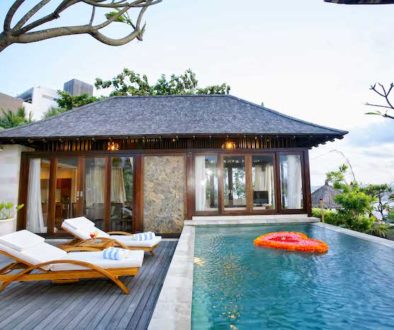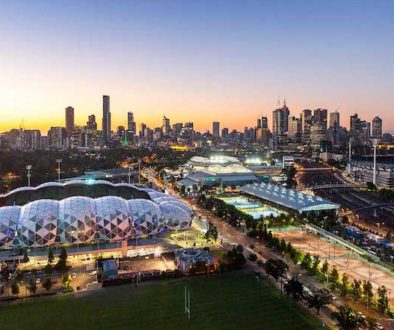The best museums in Lisbon travelers shouldn’t miss
The Portuguese capital has a wide and varied network of museums. Take a trip to Lisbon to discover the cultural side of the city. Here I’m sharing 5 best museums that will complete your trip to Lisbon.
National Museum of Ancient Art
It is the most important art museum in Portugal of XIX and XII centuries. It composed a vast collection of paintings, sculptures, drawings and European decorative arts and collections of Asian and African art. It was built in 1884 for the pieces that came from monasteries and churches that became state property. Today it is a reference to study and understand the Portuguese art over the years.
Among the collection of national painting, panels highlight the famous San Vicente, Nuno Gonçalves, work of great symbolic importance in the Portuguese culture and a unique group portrait in the history of European painting. Meanwhile, in European painting, it highlights the box Temptations of San Antonio, El Bosco, a triptych that integrates the four elements of the universe (heaven, earth, water, and fire) that become the scene of horrible characters.
Calouste Gulbenkian Museum
It is one of the attractions of the foundation and has a collection formed by six thousand pieces collected by Mr. Gulbenkian throughout his life and is divided into two areas. One is devoted to oriental and classical arts and is divided into galleries like Egyptian, Greco-Roman art, Mesopotamian art, Islamic art of East and Far Eastern art. And the second area is devoted to European art and includes thematic clusters as book art, sculpture, painting and decorative arts.
The painting collection includes works by Calouste Gulbenkian Bouts, Van der Weyden, Lochner, Cima da Conegliano, Carpaccio, Rubens, Van Dyck, Frans Hals, Rembrandt, Guardi, Gainsborough, Romney, Lawrence, Fragonard, Corot, Renoir, Nattier, Boucher, Manet, Degas, and Monet. Among many works of the sculpture is the original marble of the famous Diana, Houdon, which belonged to Catherine of Russia and which Gulbenkian acquired the Hermitage Museum in 1930.
Over the years the collection grew and as a safety measure, the Paris collection was divided and a portion was sent to London. In 1936, the collection of Egyptian art was entrusted to the British Museum and the best tables at the National Gallery. Later in 1948y 1950, the same pieces were transferred to the National Gallery of Art in Washington.
Chiado Museum
The National Museum of Contemporary Art – Chiado Museum was founded in 1911 which in its day was a pioneering initiative in Europe. The museum was extensively renovated in 1945 and 1994; because the 1988 Chiado fireworks were removed and the architectural project rethought.
This collection of Portuguese art includes pieces ranging from 1850 to the present day and is one of the most important exhibitions of Portugal’s contemporary art.
Space organizes many activities of different nature, being an important cultural center of the Portuguese capital.
Coach Museum
It is the most visited museum in Lisbon. Located in the area of Belém, this museum contains carriages (called cars in Portuguese) of the European courts and is a great tourist attraction. Exhibits an exceptional collection of various types of floats, sedans, buggies, carriages, strollers, beds and chairs hand. Worldwide it is considered the most remarkable of its kind.
The evolution of the art transports, as well as animal transports, is an attraction as well as the decorative changes that can be seen in the ornaments of vehicles.
It was created on the initiative of Queen Amelia of Orleans and Braganza, wife of King Carlos I and opened in 1905. It’s settled in the royal stables, which had already stopped using and some floats were kept.
Museum of East
It is one of the newest museums in Lisbon, opened in 2008 and represents the beginning of a new cycle in the life of the Foundation of the East. The collections of Portuguese and Asian art are depicting historical encounters between East and West. Besides this, the collections that meet the cultural traditions in Asia demonstrate its wealth, diversity, and genius.
It is installed in a building of the 40s, well adapted, with a privileged location on the Tagus and near the area of Belém. It is organized around two collections. One is allusive to the Portuguese presence in Asia is a testimony to the contact and exchange of influences between Asian and Western cultures, through the Portuguese presence in the East. They are near 1500 objects acquired by the Oriente Foundation in the areas of painting, ceramics, textiles and other decorative arts, originating in almost all Asian countries.
The second collection is called Kwok On, testimony to the popular arts and the great mythologies and religions across Asia, from Turkey to Japan. Experts consider it one of the most important of its kind at European level. It has more than 13,000 pieces related to music and theater and traditional festivities.



